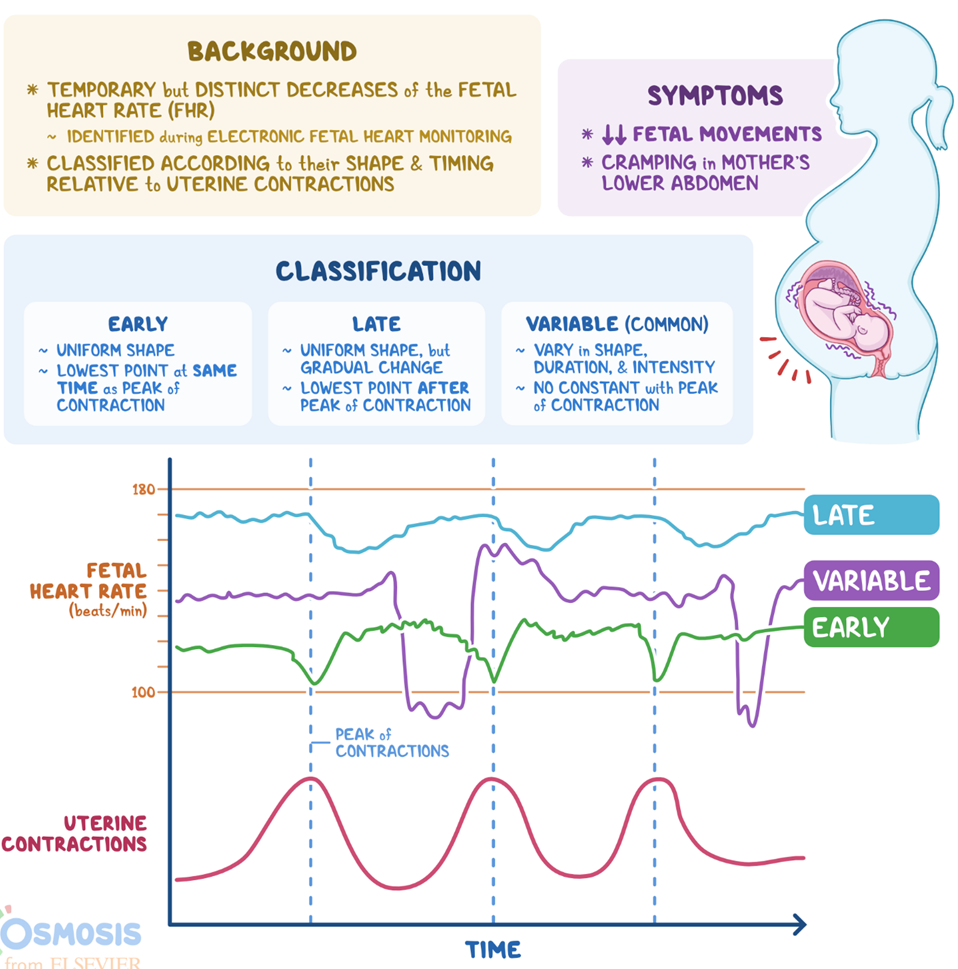A nurse in a family planning clinic is caring for a client who requests an oral contraceptive. Which of the following findings in the client's history should the nurse recognize as a contraindication to oral contraceptives? (Select all that apply)
Cholecystitis
Hypertension
Human papillomavirus
Migraine headaches
Anxiety disorder
Correct Answer : A,B,D
Choice A Reason:
Cholecystitis is correct. Both estrogen and progesterone have been shown to increase the risk of gallstones.Estrogen has been shown to increase cholesterol production in the liver, with excess amounts precipitating in bile and leading to the formation of gallstones.Progesterone has been shown to decrease gall-bladder motility, which impedes bile flow and leads to gallstone formation.
Choice B Reason:
Hypertension is correct. Women with uncontrolled hypertension or severe hypertension are generally advised against using oral contraceptives due to the increased risk of cardiovascular events.
Choice C Reason:
Human papillomavirus (HPV) is incorrect. HPV is not a contraindication to oral contraceptives.Overall, while there may be some association between oral contraceptive use and HPV infection or its progression, the absolute increase in risk is generally considered small, and the benefits of oral contraceptives in preventing unintended pregnancies and managing menstrual issues often outweigh the potential risks.
Choice D Reason:
Migraine headaches is correct. Women with migraines with aura, especially those over 35 years old, are often advised against using estrogen-containing contraceptives due to an increased risk of stroke.
Choice E Reason:
Anxiety disorder is incorrect. Anxiety disorder alone is not a contraindication to oral contraceptives. However, individual health considerations should be discussed with a healthcare provider.
Nursing Test Bank
Naxlex Comprehensive Predictor Exams
Related Questions
Correct Answer is B
Explanation
A. Fetal lie being longitudinal is a normal and common fetal lie. It refers to the long axis of the fetus being parallel to the long axis of the mother.
B. Fetal position being persistent occiput posterior is a potential contributing cause.
Occiput posterior position (OP) can result in a more challenging and prolonged labor. This position, where the back of the baby's head is facing the mother's spine, is associated with increased back pain during labor.
C. Fetal attitude in general flexion is a favorable presentation for labor. Flexion allows for a smaller presenting diameter of the fetal head, facilitating descent through the birth canal.
D. Maternal pelvis being gynecoid is a favorable pelvic type for childbirth. The gynecoid pelvis is typically associated with easier labor and delivery.
Correct Answer is D
Explanation
The correct answer is D. Variable decelerations.
A. Accelerations in the fetal heart rate are generally considered reassuring. Accelerations are an indication of fetal well-being and are often seen in response to fetal movement.
B. Early decelerations are typically associated with head compression during contractions and are considered a normal response to the pressure on the fetal head.
C. Late decelerations are indicative of uteroplacental insufficiency.
Late decelerations occur after the peak of the contraction and are associated with inadequate oxygenation to the fetus. This pattern raises concerns about the baby's well-being.
D. Variable decelerations are associated with umbilical cord compression.
Variable decelerations are abrupt decreases in the fetal heart rate that vary in duration, depth, and timing. They often coincide with contractions and suggest compression or occlusion of the umbilical cord.

Whether you are a student looking to ace your exams or a practicing nurse seeking to enhance your expertise , our nursing education contents will empower you with the confidence and competence to make a difference in the lives of patients and become a respected leader in the healthcare field.
Visit Naxlex, invest in your future and unlock endless possibilities with our unparalleled nursing education contents today
Report Wrong Answer on the Current Question
Do you disagree with the answer? If yes, what is your expected answer? Explain.
Kindly be descriptive with the issue you are facing.
